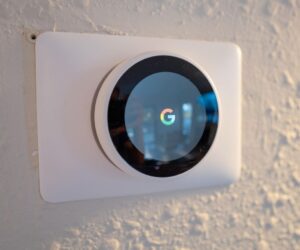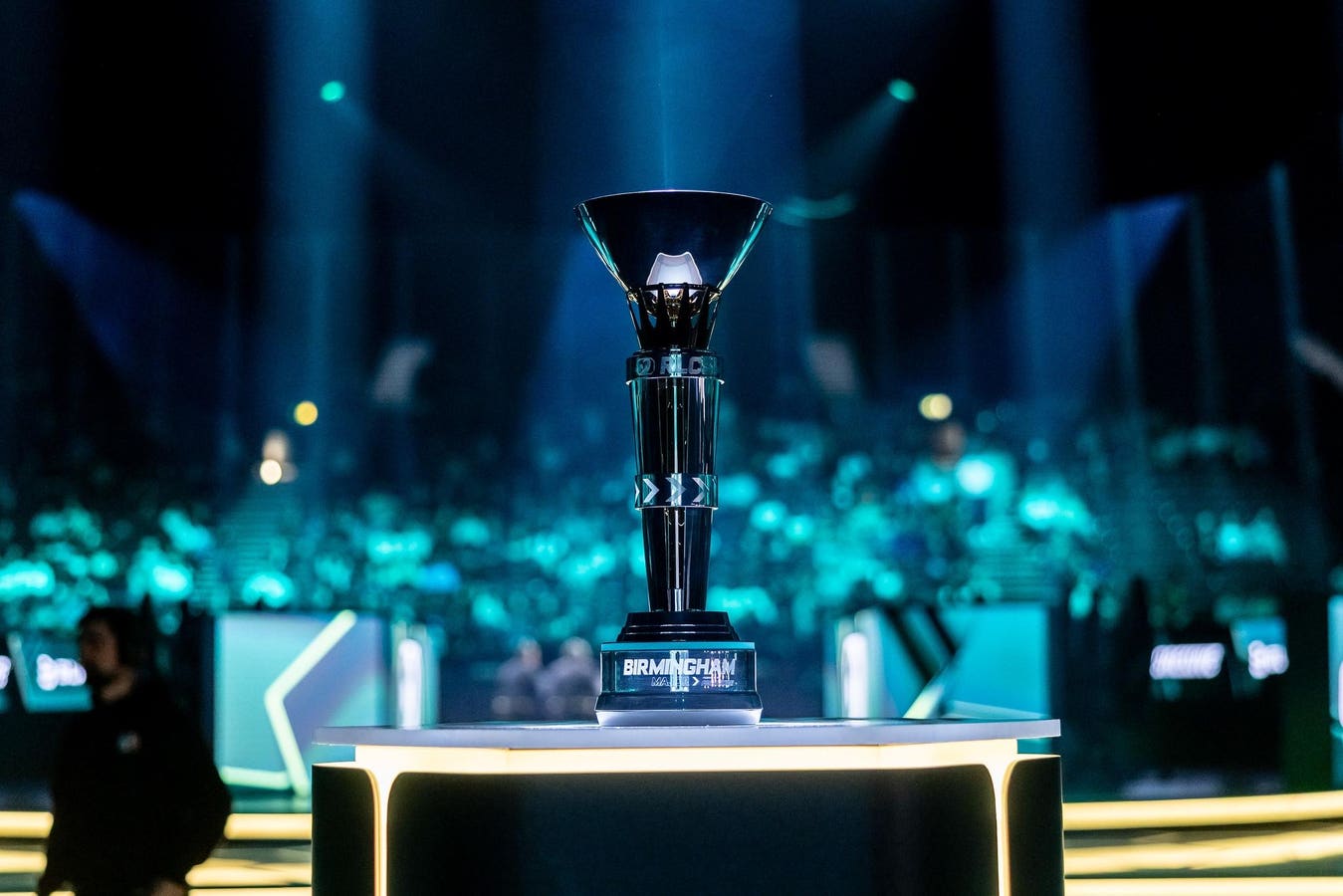Sennheiser e935 costs an extra $100 but is it worth the money?
Daniel Moeller Fotografie
If I had to name the world’s most popular microphone, I would bet on it being the Shure SM58. The microphone has been used by everyone from the stadium-strutting rock gods to MCs at local community centers. Since 1966, this rugged microphone, with its low frequency boost and close pickup pattern has been selling by the million.
However, not everyone loves the Shure SM58. So, for an alternative dynamic microphone with a slightly different look, Sennheiser has plenty to offer for stage use or in spaces that haven’t been acoustically treated. For example, you might be broadcasting from home in a room with an echo that would be exposed with a condenser microphone. A dynamic mic, in contrast, can pick up a voice and not much else, cutting out a room’s acoustics or even background sounds like the hum of a fridge.
Sennheiser e835 v e935
The Sennheiser e835 is part of Sennheiser’s Evolution range of dynamic microphones that have been designed for live work. It’s an affordable mic that’s sometimes overshadowed by the Shure SM58, even thought the e835 is cheaper and just as well constructed, so there’s no reason to overlook this tough little performer.
The e935 microphone from Sennheiser has an all-metal body and the diaphragm is shock-mounted to reduce handling noise, an essential feature for live stage use.
SENNHEISER
However, I wondered what sort of improvement a user might see if they upgraded by spending another $100 to buy Sennheiser’s e935 synamic microphone? Would it be worth the extra or are the differences a bit too subtle to notice?
Both the Sennheiser e935 and e835 are specifically designed for vocal applications, as opposed to being used for musical instruments. While both of the microphones can capture exceptionally clear sound, they are aimed at slightly different users and have subtly different characters.
The Shure SM58 may be one of the world’s most indestructible microphones, but these two new Sennheiser models are super-sturdy. The e935 has an all-metal construction and is tough enough to withstand the punishment of life on the road or on stage. Inside the housing there is a shock-mounted diaphragm that significantly cuts down on handling noise.
A Full 10-Year Warranty
The less expensive Sennheiser e835 feels every bit as well made as its more expensive sibling. The e835 has a slightly more utilitarian look than the e935 and it may not look quite as classy in use. However, both models come with a 10-year warranty, which is reassuring.
The e835 is Sennheiser’s affordable live mic and also has an all-metal body. It’s also available with an on-body switch in the form of the the e835S as shown here.
SENNHEISER
The e935 features a cardioid polar pattern, which is exactly what you need to isolate a singer or speaker’s voice without picking up too much background noise from other instruments or the PA system. Despite the tight pickup pattern, the e935 tends to reproduce a consistent sound even if the user is moving around a bit.
The Sennheiser e835 also features a cardioid pickup pattern, which is good at isolating the user’s voice, especially in spaces or venues with poor acoustics. That said, the slightly more focused pickup pattern of the e935 is more efficient at rejecting unwanted sounds.
The most important specification for these two microphones is their frequency response. The Sennheiser e935 starts at a low 40Hz and climbs up to 18kHz. That’s quite a span and makes it bit more adept at capturing the full range and nuance of a performer’s voice.
Lower Frequency Reach
The Sennheiser e935 is slightly more expensive than the e835 and is also more sensitive and has a slightly higher frequency response.
Daniel Moeller Fotografie
In contrast, the e835 starts at 40Hz but tops out at 16kHz, which makes it slightly less suited to, say, female vocalists with a higher reach. However, it can also cut through murk with clarity and crispness.
Dynamic microphones are notoriously insensitive and often require an audio interface with a preamp to be fully cranked up. For example, the wildly popular Shure SM7b is one of the hardest microphones to drive and requires a lot of gain on the interface. The Sennheiser e935 is more sensitive and that means it can capture more nuance with less floor noise.
The e835 is a little less sensitive which means it could struggle slightly when capturing soft voices in noisy surroundings. If a performer needs more headroom to capture the full stretch of a voice, the e935 has the edge for both live performances and in the recording studio, but we’re talking small degrees here and the difference isn’t massive.
At just $99, the Sennheiser e835 has a lot to offer for the money.
SENNHEISER
More Bang For Your Buck?
Lastly, we come to the matter of price. With its slightly higher-quality finish, extended upper frequency and improved sensitivity, the Sennheiser e935 is more expensive. However, the cheaper e835 offers a bigger bang for the buyer’s buck and that could make it a worthy competitor to consider over the Shure SM58.
For those who can stretch their budget a little further, the Sennheiser e935 could have the edge when it comes to stage use and when in the studio, but it’s a slight difference. Performers with lower voices may notice a bit more warmth and openness from the e935. Both models can produce consistent clarity and are well-suited to live performances where a robust and consistent microphone is essential.
The difference between the two models isn’t huge and it’s hard to criticize the Sennheiser e835, especially considering its price. However, for anyone looking for a slight edge and more openness, an extra $100 could pay dividends for some.
Pricing and Availability:
The Sennheiser e835 dynamic microphone is available now from Sennheiser—as well as from the usual music equipment retailers and Amazon—priced at $99. The Sennheiser e935 costs £199 and can also be bought from Sennheiser, Amazon and other retailers.
Tech Specs:
Sennheiser e935
- Transducer: Dynamic.
- Pick-up pattern: Cardioid.
- Frequency response: 40 – 16,000Hz.
- Sensitivity: 2.8 mV/Pa.
- Connector: 3-pin XLR.
- Nominal impedance: 350Ω
- Nominal impedance: 350Ω
- Min. terminating impedance: 1000Ω.
- Dimensions: 47 x 181mm.
- Weight: 330g.
- Accessories: Pouch and mic clip.
- Warranty: 10 years.
Sennheiser e835:
- Transducer: Dynamic.
- Pick-up pattern: Cardioid.
- Frequency response: 40 – 16,000Hz.
- Transducer principle: Pressure gradient receiver.
- Sensitivity: 2.7mV/Pa.
- Nominal impedance: 350Ω.
- Min. terminating impedance: 1000Ω.
- Weight: 330g.
- Dimensions: 48 x 180mm.
- Accessories: Pouch and mic clip.
- Warranty: 10 years.









